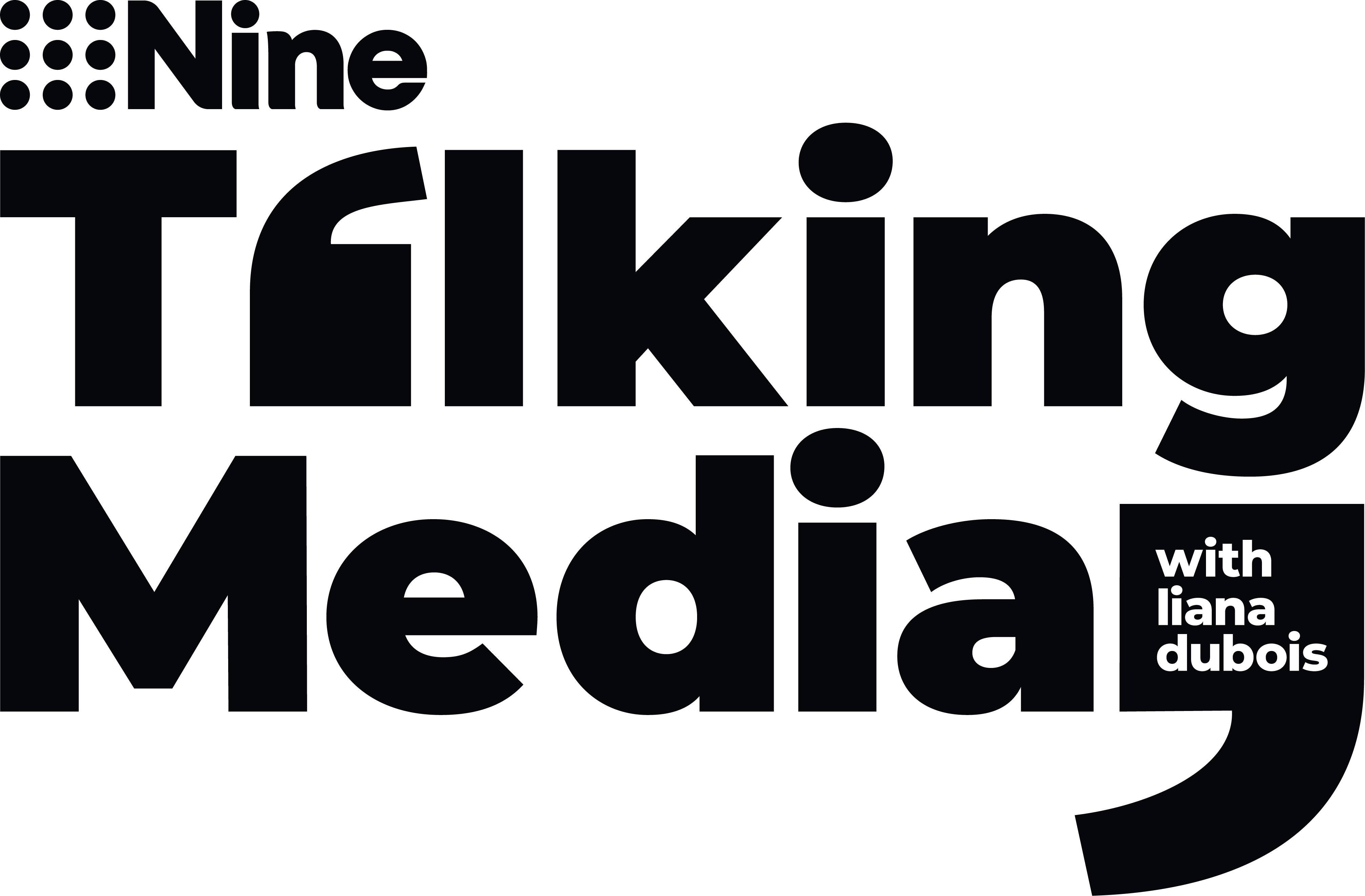



The dollar cost of dullness
Adam Morgan, Peter Field, System1 flip IPA effectiveness database to count cost of dull ads: Seven ESOV points, millions in media spend per campaign
Godfather of challenger brand thinking Adam Morgan teamed up with effectiveness supremo Peter Field and System1’s Jon Evans to flip the IPA ads database, overlay it with System1’s testing database, and work out how much dull ads cost brands in media spend versus interesting ones to achieve the same market share growth. The answer? Seven ESOV points millions of dollars per campaign. Now they are broadening the research. Here’s how marketers can avoid the four pillars of dull, cut-through, and gain share for less.
The cost
Adam Morgan started out with ad effectiveness luminary Peter Field at the same London agency in the same week. Forty years later, rather than moaning about endless “dull and mediocre” ads taking over the world, he tapped his old friend to gauge whether the IPA database harnessed by Field and Les Binet to create ad effectiveness heuristics for brand and demand investment ratios could be used in Reverse.
“If we know from Daniel Kahneman that the pain of losing something is twice as powerful as the pleasure of gaining it, let’s not talk about the upsides of being more creative, let’s talk about what you lose by being dull,” was Morgan’s pitch to Field.
“Could you flip all that [IPA effectiveness] data upside down and look at the cost of being dull? If we could put a concrete cost for a brand owner on what it costs them to be dull, maybe that would wake us up a bit more,” said Morgan.
Field thought it could be done. But first they had to develop proxies for dullness.
“The proxy for ‘dull’ that Peter used was cases that succeed through rational, logical facts and information,” says Morgan. For ‘interesting’, Field used ads that are “engaging, that seek emotion and fame”.
Then Field ran the numbers across both dull and interesting ads that had delivered large market-share growth, examining how much more the dull ads had spent on media to get the same result.
The findings?
“Effectively, they had to buy over seven points more excess share of voice,” says Morgan.
“What that meant in terms of money was that a single dull campaign in the UK had to spend £10 million more than an interesting and engaging campaign to achieve exactly the same commercial growth.”
Outperformed by a cow
That was the starting point. Then Morgan and Field called Jon Evans, Chief Customer Officer at marketing research company, System1, which has an internationally respected five-star scoring system for ad effectiveness and has pre-tested north of 100,000 ads. Peter Field has long worked with System1, so they synced the data and began to collaborate.
One of System1’s measures when it benchmarks ad effectiveness is “the proportion of people that feel nothing at all seeing a piece of communication”, explains Morgan.
On that basis, fully 52 per cent of ads in the UK market leave people feeling nothing at all, according to Morgan. In B2B it’s 60 per cent.
“That’s a lot of wasted money, wasted talent, wasted energy,” he says. “We should be angry about that. We shouldn’t go on just accepting it.”
They ran the same filter on the US market – with scary results: The dullest quartile ads would have to spend “the same GDP as Greece to get the same effect as the 25 per cent most interesting ads”, Morgan said.
Then System1’s Jon Evans decided to run an experiment: “Let’s think of some dull subjects, make 30-seconds bits of film about them, and run them through the database to see where they fit”, was how Morgan described it.
One of the things he thought of was “just a cow chewing grass for 30 seconds”. How did that work out? “It outperforms 50 per cent of the ads in their database,” says Morgan. “My jaw was on the floor.”
Four mistakes to avoid
So how to beat the cow and stop blowing media budget to counterbalance dull advertising? Avoid what Morgan describes as “the Four Horsemen of the Dull-ocalypse – four things that appear to be very sensible decisions but in fact collectively drive down the effectiveness of advertising because they lead to bland, boring, semi-advertising”.
The horsemen are performance, optimisation, averaging and procurement, according to Morgan.
The risks of eroding growth and brand strength by going too short on tactical “performance” marketing are well understood, thanks to the likes of Binet and Field and Ehrenberg-Bass supremo Byron Sharp. Likewise, those related to over-optimisation. Averaging is what Morgan describes as a “global blandemic” brought about by “the Instagram effect”, where everything starts to look the same (though some might argue pre-testing is at least partially responsible).
Price-focused procurement has long been perceived as the pale horse of both creative and media agencies. Morgan says the result is that because creative agency margins are now so thin, agencies are likely to produce safer, duller work that will get signed off first time to save the cost of going around twice.
“So I think one of the questions we need to look at as well is what is procurement costing and what is procurement saving?” says Morgan. It’s on the roadmap.
Next phase incoming
The IPA-flipping analysis unpacked above by Morgan is based on TV advertising. The next phases are to look at the cost of dull advertising in other channels, i.e. lower attention platforms – and to gauge the impact of dull advertising on broader brand metrics that serve as a proxy for growth.
Morgan hopes that work helps better solve the old Wanamaker conundrum of which half of the ad budget is wasted.
“I would hypothesise we could probably start looking around dull advertising on low attention platforms,” he says. “But we’ll see.”
Media owners threatened
In the meantime, Nine CMO Liana Dubois said media owners have a vested interest in Morgan, Field and System1’s financial analysis of the dull being taken seriously by brands and marketers.
“I’m here to grow commercial audiences so that the advertising community can buy inventory from Nine that then amplifies their brand stories to be able to grow their businesses,” says Dubois. Nine can make great content, but it is “co-dependent” on brands doing likewise.
“If dull advertising is filling my ad breaks, that is going to have a material detrimental effect on my ability to deliver those audiences because people might tune out,” warns Dubois.
Alter mindset, grow
To avoid wasting money and eroding audiences by making dull ads, Morgan’s advice to advertisers is perhaps unsurprising: “Adopt a challenger mindset … constantly look outside your category to make yourself intelligently naïve,” he says.
“Challengers don’t understand the rules of the category, so they choose to introduce entirely new things.”
Doing something different versus something dull, he adds, at least stands a chance of working.
“The biggest danger to any marketer is actually not rejection. The biggest danger is indifference, and it is a really expensive thing. You spend a lot of time and money tweaking indifference – and arguably, most marketing that we see as customers is tweaking our indifference.”
Have a question or comment about this episode? We'd love to hear from you. Please fill in the form.



